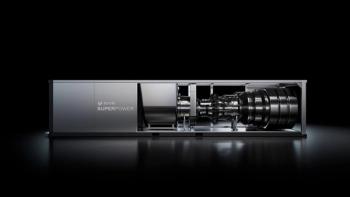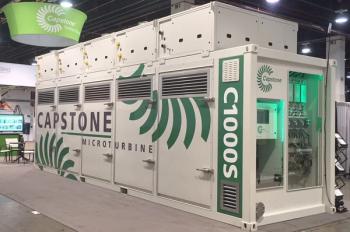
CO2’s Future in a Hydrogen Economy
Key Considerations with Klaus Brun and Rainer Kurz
On the 13th of July at 11:00 am, a Webcast was hosted with industry experts Klaus Brun of Elliott Group and Rainer Kurz of Solar Turbines, entitled Key Considerations in the Compression and Transportation of CO2. The two are experts in the field of turbomachinery and longtime contributors to the Turbomachinery International Magazine Myth Busters column.
Supercritical CO2
Brun’s main focus was viewing CO2 in its supercritical state as supercritical carbon dioxide (SCO2) and how this state effects the transportation, compressibility, and storage of the gas.
He stated that there are a limited number of pathways towards carbon-free or decarbonized energy in a Hydrogen Economy. The two main ones include green Hydrogen (GH) – which encompasses wind, solar, hydro, geothermal, wave, and nuclear electricity. The other is blue hydrogen (BH), derived from natural gas or coal. In effect, the most realistic options are ones that utilize carbon capture and sequestration (CCS) in some form.
Delving further into the hydrogen economy, the contrasts between GH and BH were put on center stage. The main problem with GH is the cost. Electrolysis at the moment is a very expensive process. There is also the point of efficiency, with GH maintaining a roundtrip efficiency of less than 40%. Large-scale implementation would either require the retrofitting of hydrogen into a natural gas pipeline or the construction of brand-new hydrogen transportation infrastructure.
At the moment, BH appears to be the better option. It uses methane steam reforming processes (SMR) or partial oxidation gasification (POG). Roughly 10 kg of CO2 is created for every 1 kg of hydrogen produced. This method requires the uses of fossil fuels and requires carbon sequestration.
50,000 – 100,000 miles of new CO2 transmission pipeline will be required in the US for a decarbonized energy economy, and there will need to be an increase in the natural gas pipeline capacity as well in order to meet hydrogen transportation demands.
On the storage side of things, it’s a much more cut-and-dry affair. There are plenty of sites in the US and around the world where the gas can be stored. The main issue is that geographical misalignment of storage and production sites means that major transportation networks are needed to dispose of it.
Compression vs. Pumping
Many long-distance pipelines are likely to run the gas in a supercritical state, which in this case is above 1200 psi but more probably 1500 to 2100 psi. In this state, the CO2 acts much like liquid water, having a high density and low viscosity. Recompressing at this point is essentially pumping. Design considerations need to account for the purity of the CO2 in order to keep energy costs down.
The factors to consider when designing a compressor for the transportation of SCO2 are high compression ratios, low viscosity and high-pressure state, multi-phase behavior, and solubility in elastomeric materials to name a few.
Integrally geared centrifugal compressor (IGC), centrifugal barrel compressors (CBC), or reciprocating compressors (RC), are all options for pipeline compression, depending on the intended use case. For example, an RC would be better suited for low-flow operations than an IGC due to the changes in gas pressure ratios (PR). An IGC may be more efficient due to the increased cooling, but a CBC would be more reliable over longer distances.
CO2 Applications
Kurz spoke of CO2 applications - carbon capture, carbon transport, and carbon sequestration.
He pointed out multiple options for carbon avoidance. One is in transporting hydrogen to a power plant and burning it on site. The other is transporting natural gas to a power plant and either making BH using (SMR) or using natural gas as a fuel and capturing the CO2 in the exhaust.
A simple compressor with one or two impellers will have the same pressure ratio as a large hydrogen compressor with a significant number of impellers or multiple compressors working in tandem. From an energy standpoint, hydrogen transportation is expensive, while natural gas and CO2 are cheaper options.
Kurz emphasized the importance of knowing and understanding the hydrogen generation process, how it’s used, and where it’s going. BH is best generated near a power plant. GH will generally need to be transported over pipelines.
A recording of the Webcast can be found here:
https://www.linkedin.com/events/editor-sseries-compressionandtr6945457095689342976/
Newsletter
Power your knowledge with the latest in turbine technology, engineering advances, and energy solutions—subscribe to Turbomachinery International today.





